There are only a few people alive as qualified to give photography and composition advice as Huntington Witherill. A former artist of the year, he studied under Ansel Adams. He has an amazing way of finding beauty in some of the most unexpected places. Here’s what he said when I asked him to describe his approach to composing his eye catching images.
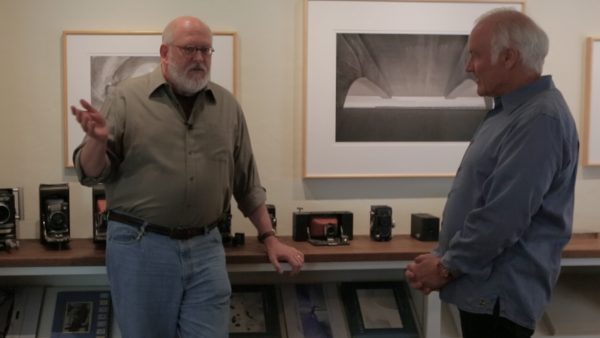
Huntington Witherill at his home talking with Marc Silber
What is Visualization?
To me, visualization means what Edward Weston described as “the strongest way of seeing.” Whenever you’re looking at a scene you want to photograph, he considered it to be, as he titled it, “the flame of recognition”. And basically it’s a matter of you looking at a scene. Then you see something about the scene that attracts you to photograph it.
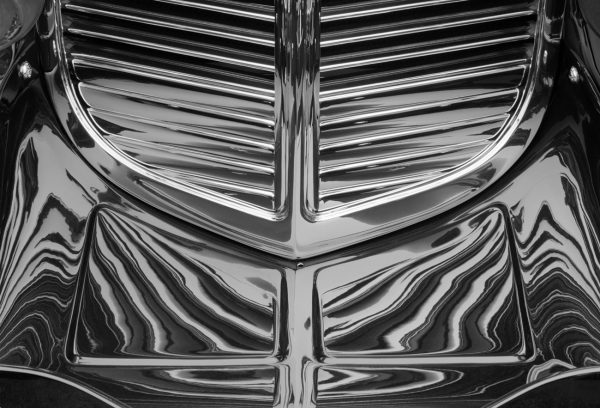
Photo by Huntington Witherill
What I try to do with visualization and what it actually means to me is using my imagination to take what is already out in the world that we are photographing, via the camera than all the other tools that go along with it. And then I try to arrange the scene in such a way that it’s going to produce interesting and compelling results. The strongest way of seeing. Whenever you approach any subject matter, there are obviously infinite number of viewpoints that you can take. Well finding that best viewpoint is often the key to visualization.
Secret 1: Finding the Best Viewpoint
This is a photograph of, for lack of a better way to describe it, cracked mud and a little puddle of water. I’m looking nearly straight down on this photograph. What attracted me was not the fact that it was mud and a puddle. It was that when I looked down at it with the reflection of the sky, I thought to myself, “This is a big arch. And I’m looking through a tunnel.” That’s what attracted me to this photo.
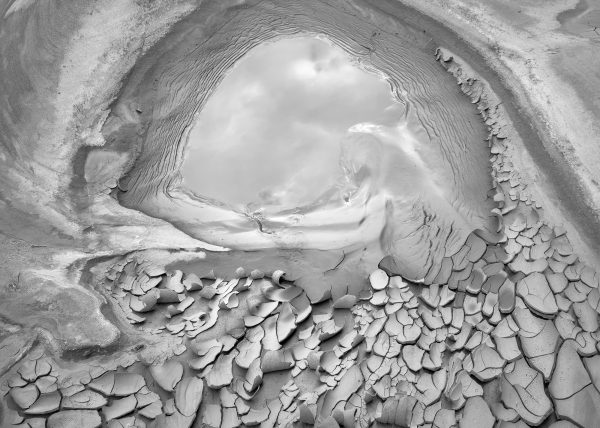
Photo by Huntington Witherill
That’s what I mean by visualization. It’s not only finding the best point of view. You’re also trying to find something that makes the scene become something other than what it actually is. It’s as if the subject matter is really a vehicle to view the subject in a different way. Now not all photographs are like that. However, the ones that I find are most successful for me, you look at them and they’re often abstract and you see something in them that maybe is totally unlike what it actually was. That that interests me.
Secret 2: Placement of the Camera is Key
This is a rest stop along I-80. It’s just outside of Wendover, Utah. It’s a beautiful, unusually shaped building that is basically a veranda with a very long roof. The idea with this for me is the placement of the camera is the key. Because if you were a quarter of an inch higher or quarter of an inch lower, you’d lose the fact that these railroad cars look like they’re sitting on top of that wall. So that’s kind of the essence of it, is the placement of it.
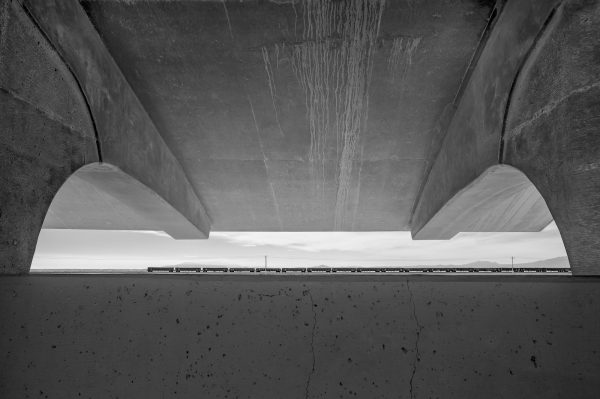
Photo by Huntington Witherill
So the composition is really important in this particular photograph. What I liked about it was not only this idea of this train moving along this narrow wall, which makes it look kind of like a model train in a way. And then the shapes of the building and how it forms with the use of a fairly wide angle lens.
Secret 3: Look for Clouds and Weather
I took this photo out in the Owens Valley. It’s a photograph of the eastern Sierra and I think that it’s a result of the clouds forming the base of the image itself, it looks almost like an aerial view. I’m standing on Highway 395 looking up at the mountains.
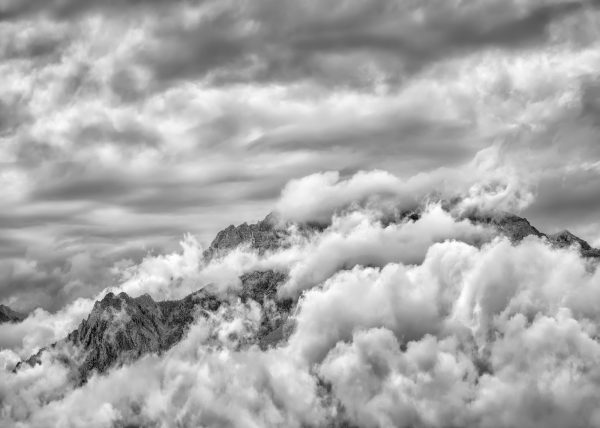
Photo by Huntington Witherill
If this was shot with a clear sky, it’d be pretty boring. I do look at a satellite maps when I’m traveling. And if I see a storm coming in the northwest, I’m not afraid to travel 300 miles to head into it.
With landscape photography in particular, it almost matters just as much what’s going on in the sky as what’s going on the land. Because a bright blue sky is great for being outside, but it isn’t interesting for taking photos. So when you get clouds in the sky, and particularly when you get clouds kind of hang around close to the ground, that’s a real opportunity.
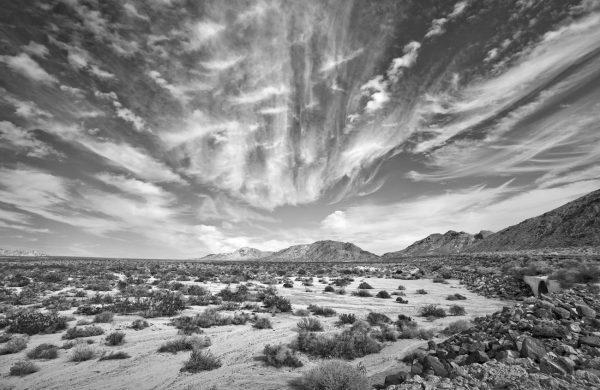
Photo by Huntington Witherill
Thanks for joining us again. I hope you enjoyed Huntington’s wisdom and will go out and put it to use for yourself. When was a time that you took a picture that made the scene something other than what it was? We’d love it if you shared the photo and the story behind it!
Be sure to subscribe to our channel and keep up to date on our blog so you don’t miss any of content. And of course, remember to get out and capture your own images of life.

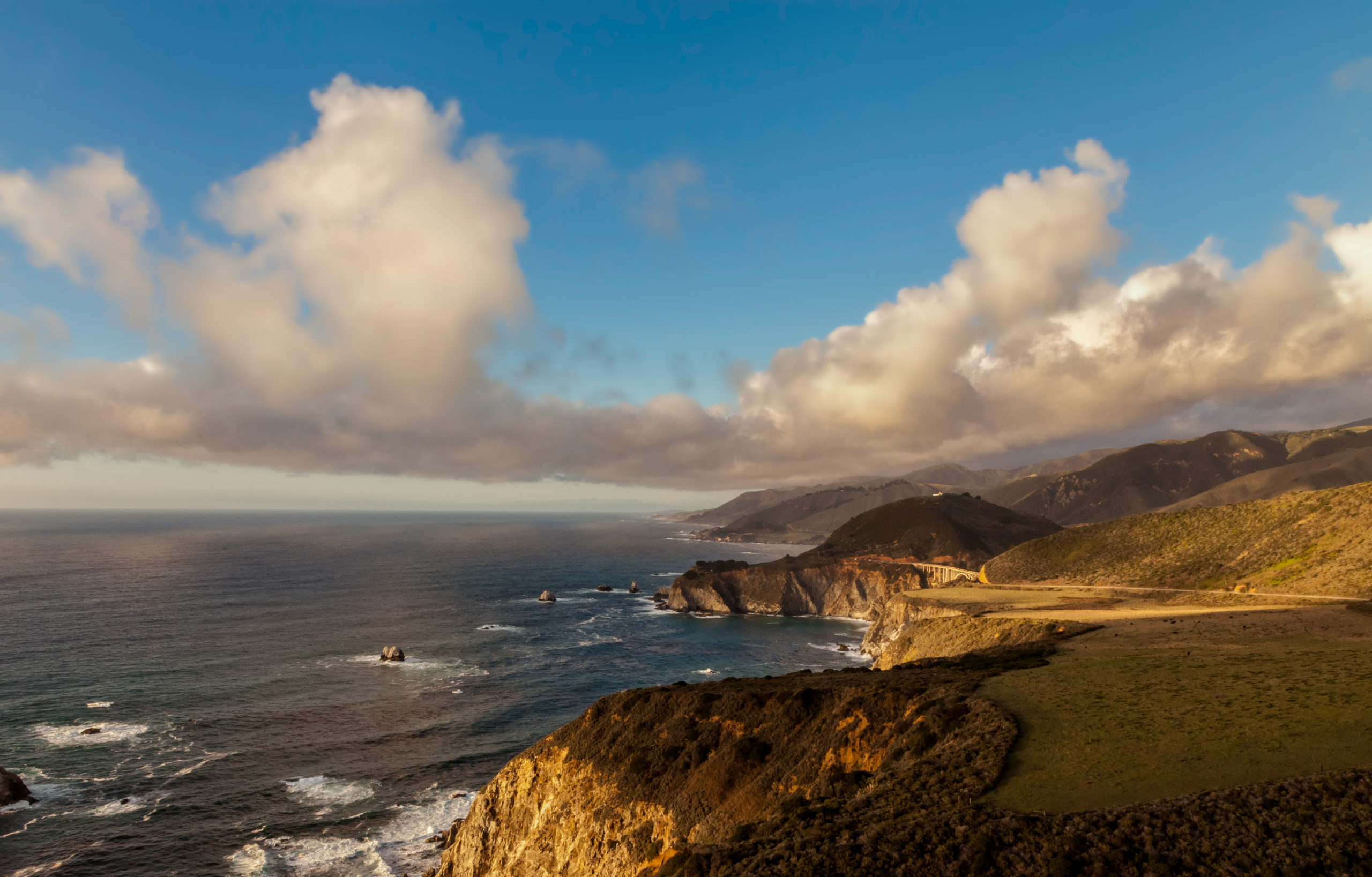
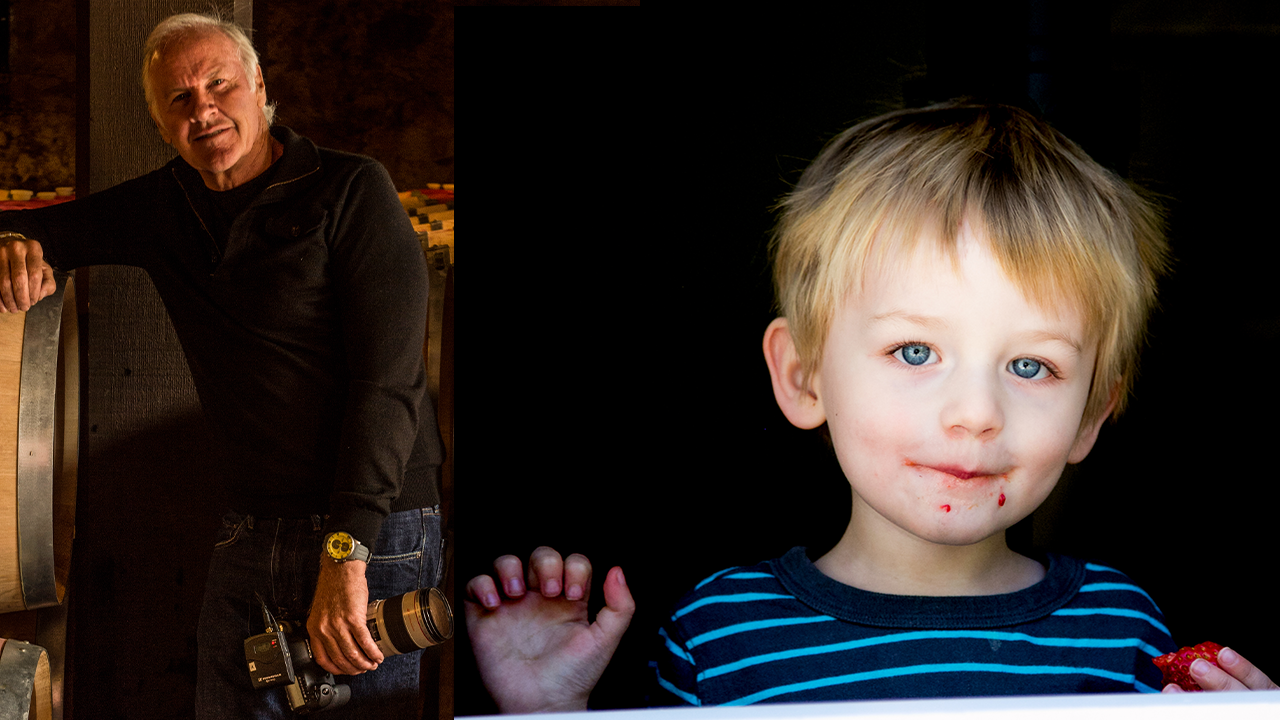
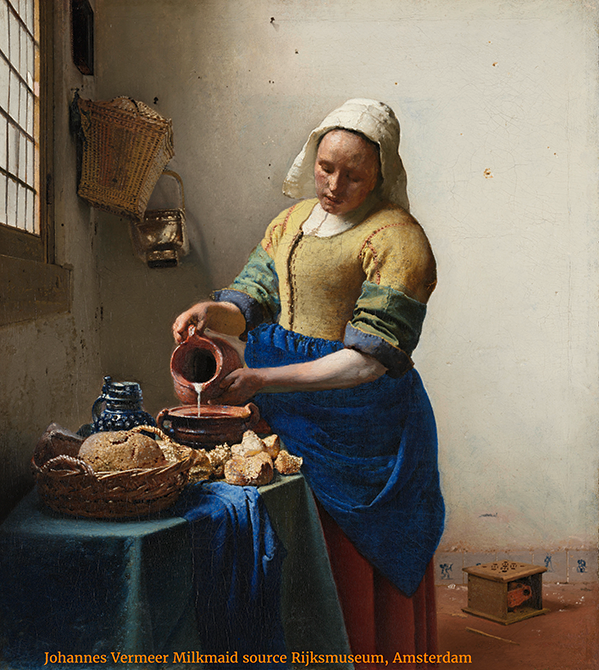
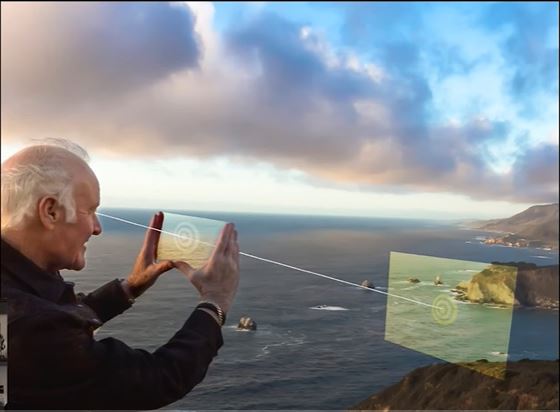
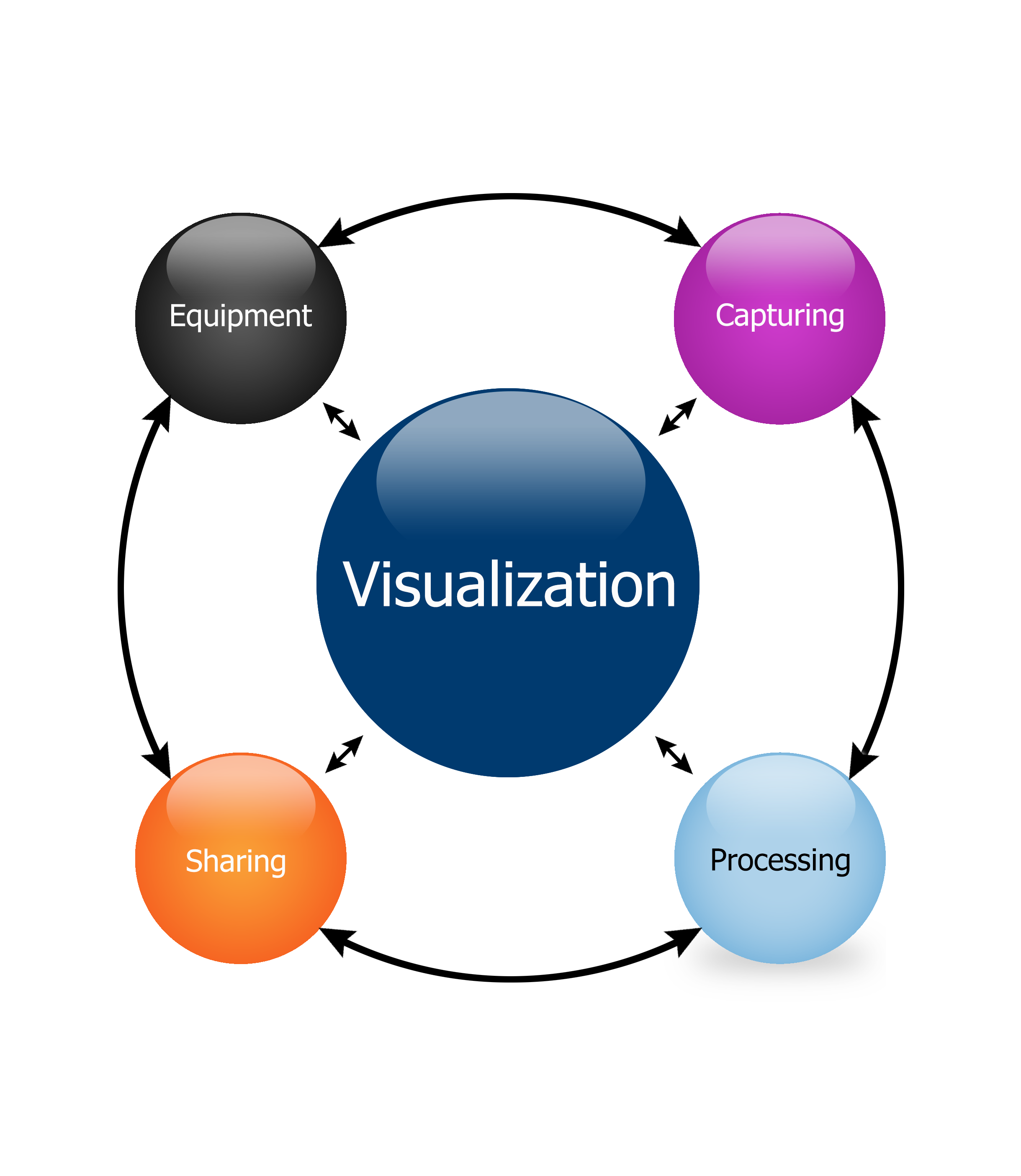
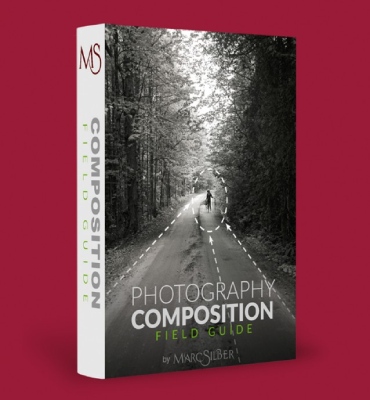
[…] If you would like to find more about Huntington Witherill, you can find more of his work on his website or watch our recent video where he discussed 3 secrets to taking eye catching photos. […]